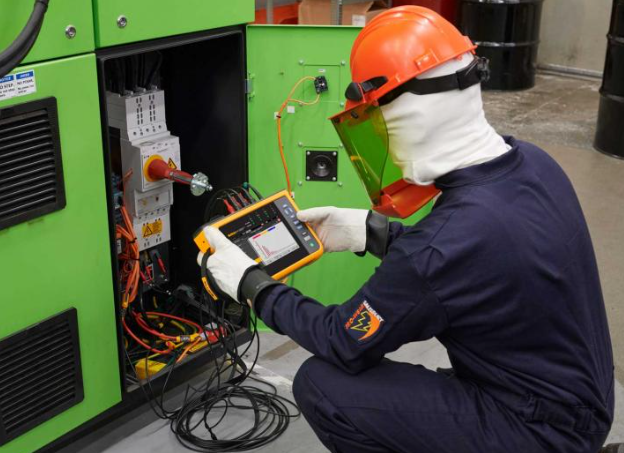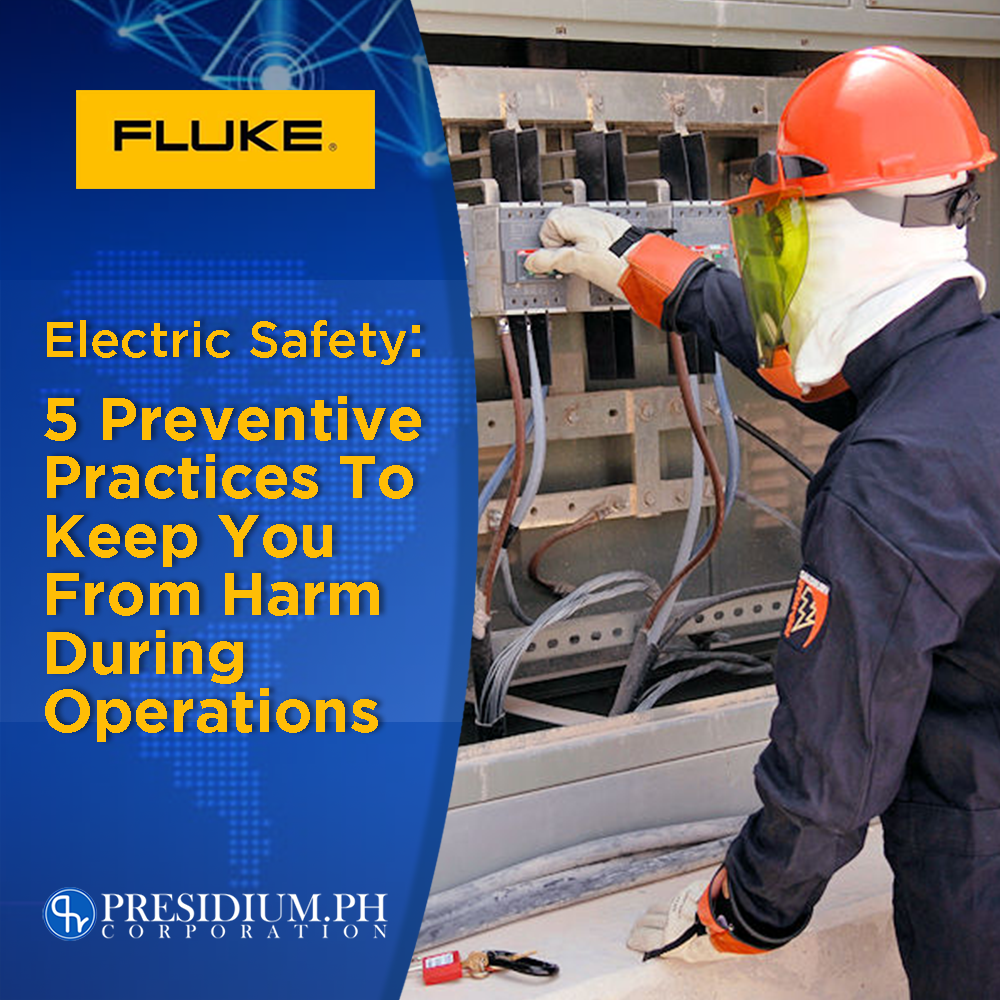Smart Ways to Save Energy and Prevent Downtime
Fluke is a powerhouse tool that can see, hear, and detect all kinds of electricity-related health situations. And that is only one out of a hundred reasons why it is favored by maintenance men and women all over the world. But Fluke tools can only do so much when people get a bit dismissive about caring for their electronics and electricity in general. Therefore energy-saving has become a smart practice for most households, buildings, and facilities. Today, we’ll teach you how to save energy using the most profound test tools in the industry – Fluke test tools.
Moreover, considering downtimes, electricity usage, when abused, can cause downtime. Like all things electronic, they are also prone to wear and faults with excessive use. Therefore adopting healthy practices is always preferable when consuming energy on a daily basis.
Importance of saving energy.
So, when we’re talking about how to save energy, we are not just singling out completely avoiding its use, but rather, we want to introduce smart ways on how you can do it. Energy-saving is a strategy that can completely help the environment, but other than that, it also comes in handy in preventing downtime incidents, abusing your electronics, and inducing excessive use of them.
Take facilities for example. It’s a given fact that most facilities take up loads of energy. And what most people might think is a natural thing that they no longer need to save energy, is a huge misconception. Energy takes up money, and when the electric bills pile up, most managers tend to have a double-take. Remember, we are no longer living in the last decade, this is the 21st century, and prices are hiked up. A quick solution? Have your equipment and machines evaluated and measured. You will never know, one machine might already be causing havoc in a way that is affecting your electric bills, the surrounding environment, and the people working close to it.
To this day, electricity and its availability are almost infinite which is why monitoring, measuring, and testing take a huge significance in establishments. Therefore, we need to consume energy in the most conducive way. In all honesty, electricity and how it is important to our day-to-day tasks can make or break productivity. That’s why, with proper monitoring, we are also at the same time, caring for our businesses or our homes.
Why measurement is relevant to save energy…
In all fairness, measurement is crucial in every point of work to know where you needed to align, adjust, and most of all make strategic decisions to meet goals. This is like our current topic. To save energy, you need to know how much energy is being wasted, you need to gauge if the equipment and machines are the ones that are causing them, and you also need to know which ones need immediate solutions.
Above else, data and logging still reign supreme in businesses, in maintenance, and in a lot of aspects that entail work. You need to measure how much energy you are taking up and see if the numbers are still aligning. This will allow you to document energy waste and machine faults. This information plays a crucial part for future reference.
Ways to save energy…
One of the very known characteristics of Fluke tools is its ability to promote energy-saving, and electronic care, and to give solid solutions to maintenance problems concerning electric machines. The very first thing you want to know when you are saving energy is the health of your electric machines and the overall power that holds them.
And with the help of Fluke tools, this is now achievable in quick and efficient ways. You see, when your electronics are spilling out energy everywhere without you knowing, then your energy-saving methods might be all for naught. This is something you want to check up on daily, especially if you are consuming them every day. So, here are things to keep in mind, on ways to save energy.
1 Mind your bulbs! They can be beneficial to save energy
If you are working in a huge facility, using traditional incandescent lightbulbs can consume excessive amounts of electricity. Try using halogen incandescent bulbs and compact fluorescent lights. Also, take note that fluorescent lights can also have faults. Therefore, it is also preferred for you to use a Fluke Fluorescent Light Tester for easier detection of underlying faults.
2 Turning off lights or appliances to save energy
The simplest and easiest way to save energy is to unplug them when not in use. And we are not just saying to turn the switch off, we mean going the extra mile and unplugging them from sockets. Machines and electronics may seem hardcore materials, but they are also prone to overheating and faults due to excessive use.
3 Be mindful of “Phantom loads”
Not even kidding this is a totally a major source of energy waste. This pertains to electricity used by electronics when they are turned off or in standby mode. Consider the use of smart power strips to eliminate this electricity fault.
4 Check your HVAC systems! They can be a huge factor for you to save energy
This abbreviation stands for Heating, Ventilation, and Air Conditioning. These are three things that also accept much energy in an establishment. There is a number of Fluke tools that can ideally help you with this.
For moisture intrusion:
- Fluke Ti480 PRO Thermal Camera
- Fluke 971 Temperature Humidity Meter
For heat loss:
- Fluke 561 HVAC Infrared and Contact Thermometer
- Fluke Ti480 PRO Thermal Camera
For monitoring indoor air quality:
- Fluke 985 Particle Counter
- Fluke 922 Airflow Meter/Micromanometer
For verifying HVAC system performance:
- Fluke Ti480 PRO Thermal Camera or Fluke 561 HVAC Infrared and Contact Thermometer
Get your test tools through an authentic source!
Rest assured that through proper measurement, you can achieve the best energy-saving solutions for your establishment, homes, facilities, and businesses. So if you’re currently looking for the best-performing test tools in the market to run daily maintenance checks on your machines, you’re in luck cause Presidium PH is an authorized distributor of Fluke test tools in the Philippines. Prevent these faults from penetrating your machine by using the best test tools there are!
If you want to know more about Fluke tools and their functions, visit our website for more info! This is a one-stop-shop for the best test tools within Metro Manila.





